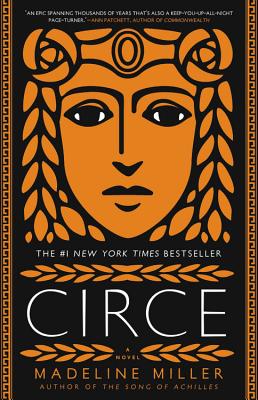Circe
Madeline Miller

Last year, I read Martin Hagglund’s “This Life,” a compelling book that, among other things, talks about the critical role our mortality plays in our sense of meaning, purpose, and priorities. Indeed, truly envisioning what an immortal life would “feel like from the inside” seems immensely difficult–true immortals would be more alien from us than we tend to think. I don’t think Miller aces this difficult test in portraying her immortal protagonist Circe and her immortal relatives, but I did see glimpses of insight into life on the other side of that chasm.
As my friend Jeff noted, Miller succeeds here in part because she doesn’t seem to have a strong agenda with her protagonist. Certainly, she has the objective of putting a traditional bit character in Odysseus’s story into her own spotlight, but there’s no overt sense of “Let’s Flip the Script!” Miller’s Circe is a believably flawed character, who does do some pretty bad things, including some that she herself later recognizes as grave errors–yet Miller gives her some understandable motivations. I similarly loved Miller’s portraiture of Odysseus through Circe’s eyes, where we see both his great qualities and some of the less savory things underlying them. And the relationships between Circe, Penelope, Telemachus, and Telegonus are all handled deftly.
Finally, I enjoyed the drawing together of several different myths that are traditionally told separately, but all involve Circe in one way or another–Odysseus of course, but also Prometheus, Minos/Pasiphae/the Minotaur/Perseus/Ariadne, Medea/Jason (my pick for best cameo appearance), and Daedalus/Icarus. I’m probably forgetting some. I felt that Miller captured the mythic feel of a tenuous balance between individual agency and fate very well.